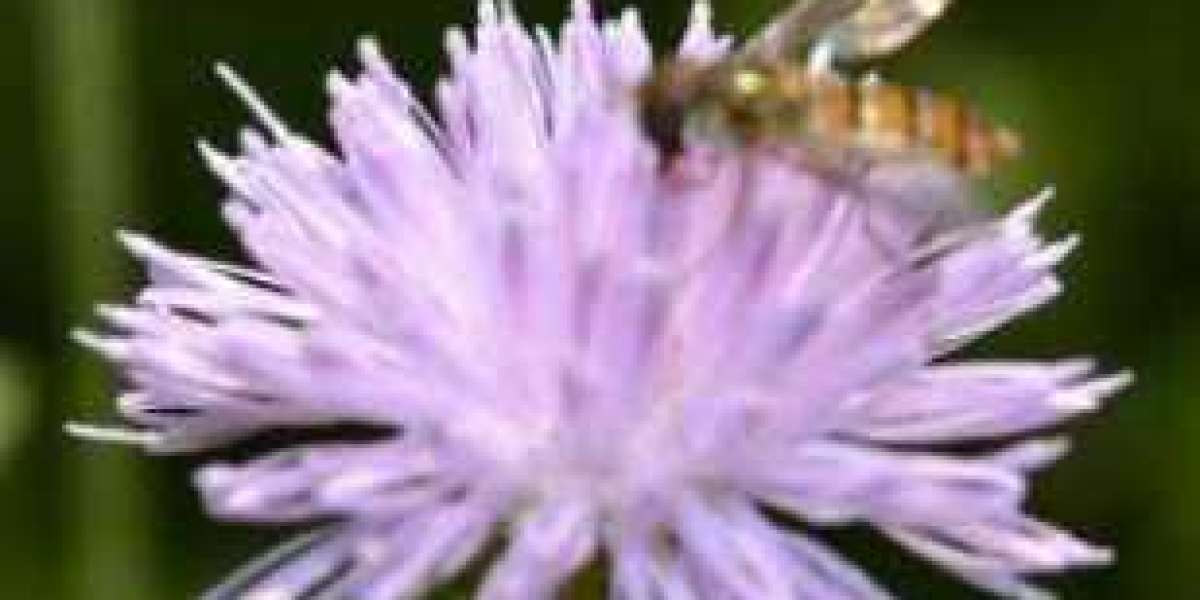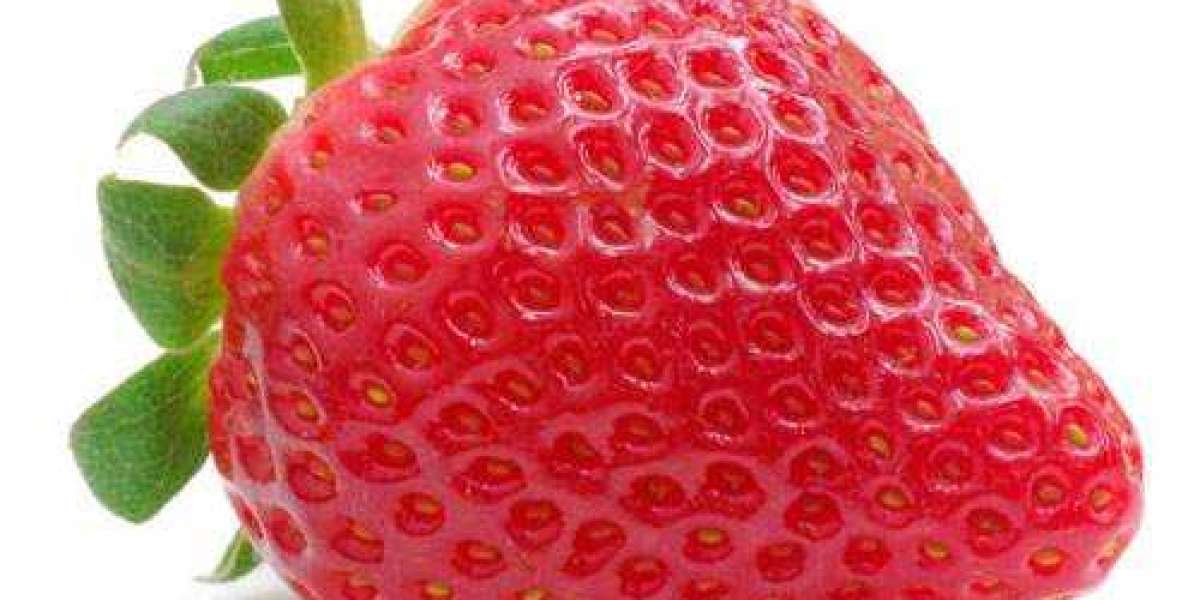Failure of an insert can be brought on by the natural wear and tear of any kind of material. Because it is the kind of tool failure that can be predicted with the highest degree of precision, normal flank wear is by far the most common form of tool deterioration. This process is similar to how the edge gradually loses its sharpness over time.
When zinc alloy die castings or materials that have been work-hardened contain hard micro-inclusions, normal flank wear may occur as a result of the inclusions cutting into the insert. When examining normal flank wear, you will notice a relatively uniform wear scar along the cutting edge of the insert. This scar will run the length of the flank. You'll be able to distinguish abnormal flank wear with the help of this scar. Sometimes the metal on the zinc alloy die casting will scratch the cutting edge, giving the impression that the wear scar on the blade is much larger than it actually is. This is because the cutting edge is much harder than the metal.
It is essential to select the hardest insert material grade that will not chip and to make use of the lightest cutting edge die casting to lessen the amount of cutting forces and friction in order to reduce the rate at which normal flank wear occurs over time. Both of these steps can be taken to reduce the amount of time that normal flank wear takes place. Cutting wear-resistant materials, such as ductile iron castings, aluminum alloy die castings, zinc alloy die castings, superalloys, deposition hardening (PH) stainless steel after heat treatment, beryllium copper alloy, and tungsten carbide, as well as cutting non-metallic materials, such as fiberglass, epoxy, reinforced plastics, and ceramics, often exhibit rapid wear during the cutting process.
The signs that indicate normal wear as opposed to rapid flank wear are the same as those that indicate normal wear. It is essential to select a wear-resistant, stronger, or coated carbide insert material grade in order to correct rapid flank wear. Additionally, it is essential to make certain that the appropriate coolant is being utilized during the correction process. Reducing the cutting speed is another extremely effective strategy; however, it is not appropriate for production needs because it will have a negative impact on the processing cycle of zinc alloy die castings. Production needs are not met by this strategy because it is not appropriate for production needs. Because of this, it will not be suitable for production. The majority of the time, these procedures are carried out at a rapid pace.
Craters are the result of the combined actions of abrasive wear and dispersive wear on the surface of the planet. In the process of machining base alloys and titanium-based alloys, the heat generated in the chips produced by the workpiece will dissolve and disperse the components of the cemented carbide into the chips. This happens because the heat generated in the chips comes from the workpiece itself. The crater will eventually reach a size where it will cause the flank to chip, deform, and possibly experience rapid wear. This will occur at some point in the future. In the cutting zone, the combination of chemical affinity, high pressure, and high temperature are the driving forces behind this process. The built-up edge will eventually fall off, sometimes along with the blade fragments, which will result in chipping and rapid flank wear. Chipping can also occur as a result of this. This particular type of failure mechanism manifests itself most frequently in materials that are viscous, when the speed of the process is low, when the temperature of the alloy is high, in stainless steel and non-ferrous materials, as well as in threading and drilling. Built-up edge can be recognized by abnormal changes in the size or surface roughness of zinc alloy die castings, as well as by the appearance of shiny materials on either the top or the flank of the cutting edge. Additionally, built-up edge can be recognized by the presence of shiny materials on either the top or the flank of the cutting edge.
Built-up edge can be managed by increasing the cutting speeds and feeds, using inserts with nitride coatings, making strategic use of coolant, and using inserts with force-reducing geometry and/or smooth surfaces. Other ways to manage built-up edge include using inserts with force-reducing geometry and/or smooth surfaces. There is another factor that can cause chipping, and that is hard spots in the material being machined. During the machining of powder metallurgy (PM) materials, for example, which are intended to purposefully leave a porous structure on the part, this phenomenon can sometimes appear in locations that are completely unexpected.
When this type of failure mode takes place, there is an extremely obvious chip distribution along the cutting edge of the insert. Chipping can be avoided by ensuring that the machine is properly set up, minimizing warping, utilizing ground inserts, controlling built-up edge, selecting an insert material grade that is more durable, and choosing either a cutting edge geometry that is stronger or a cutting edge geometry that is more durable. The breakdown of a thermomechanical system can be brought on by sudden and extreme changes in temperature, as well as by abrupt mechanical shocks. Stress cracks start to form along the edge of the blade, and eventually, the carbide that makes up the blade starts to fall away, creating an effect that is analogous to chipping.

Milling operations, as well as facing and machining operations that use intermittent coolant, are the operations that are most likely to result in thermomechanical failure. In the process of intermittent turning of high-volume parts, thermomechanical failure is another possibility that must be considered. Thermomechanical failure can be avoided by making proper use of coolant, or if it is desired to completely eliminate this failure in the machining process, by making use of more impact-resistant material grades and geometries that reduce heat generation and reduce feed rates. Both of these strategies can be utilized in order to completely eliminate this failure. In order to completely remove the possibility of this failure occurring casting services during the machining process, either of these two strategies can be implemented.

Both excessive heat and mechanical loads can be traced back to the phenomenon of edge deformation. Both high speeds and high feeds have a propensity to generate a great deal of heat for the working environment. It is possible that the carbide bond or the cobalt in the aluminum die casting insert will become flexible if there is an excessive amount of heat. An example of mechanical loading is when the stress from the insert and the workpiece causes the insert to deform or the tip to sink. This sinking of the tip occurs when the insert is stressed. Over time, the insert may break as a result of mechanical loading, or the flanks may wear away quickly.
The processed workpiece does not meet the dimensional specifications that were specified, and cutting edge deformation is included among the traces of edge deformation. The use of a suitable coolant is essential to each of these approaches. If the rough zinc alloy die casting surface abrades and scores deeply into the cutting zone, it may cause notch wear on the tool. Surfaces that have been cast, oxidized, work-hardened, or are irregular, as well as those that can cause notch wear, are all potential culprits.
Chipping is still a possibility in this area, despite the fact that abrasive wear is the most common cause of damage in this part of the world. You will become aware of this mode of failure for the very first time when the notch wear and chipping that occurs at the depth of cut of the insert begins to occur. When working with superalloys, increase the cutting speed and decrease the feed rate. Additionally, increase the grinding at the depth of cut in a careful manner in order to avoid chip buildup. When machining stainless steel and superalloys, this is something that is of the utmost importance.







